For newcomers entering the Web3 space or Web2 companies looking to issue their own virtual currency, making an informed choice among numerous blockchain platforms can often be a confusing challenge. This article aims to analyze the characteristics and differences of current mainstream public chains from multiple core dimensions, hoping to help you find the most suitable issuance platform for your project needs.
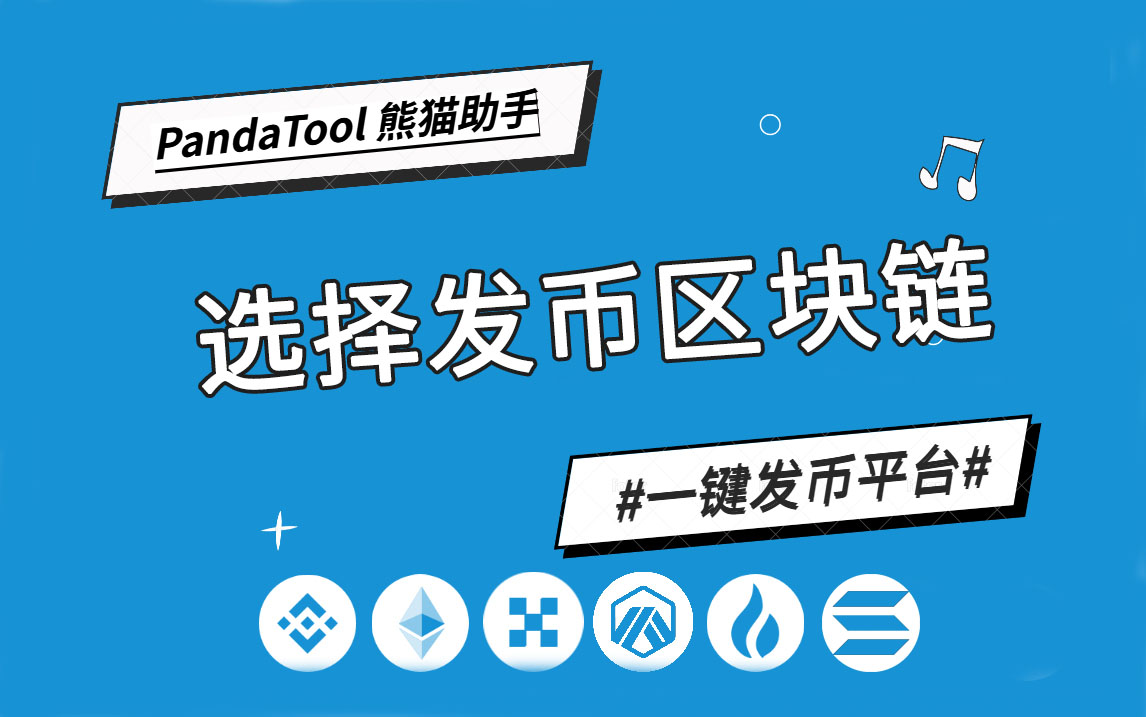
1. Ethereum: Industry Benchmark, Secure and Stable
Ethereum is recognized as the industry benchmark, known for its high security, decentralization, and extensive ecosystem. Regardless of your project type, industry background, or target users, choosing Ethereum to issue tokens is generally considered a safe choice. The vast majority of well-known projects have direct or indirect ties to Ethereum. Its mature Solidity programming language and stable technical architecture ensure the reliability of the network. The native asset ETH itself is difficult to freeze or steal unilaterally (but be aware of smart contract risks and the centralized management characteristics of specific tokens like USDT).
However, the high issuance costs and transaction fees (Gas Fee) of Ethereum are its main barriers, making it more suitable for financially strong enterprises or project parties that are not sensitive to costs, as well as user groups that also do not mind transaction costs.
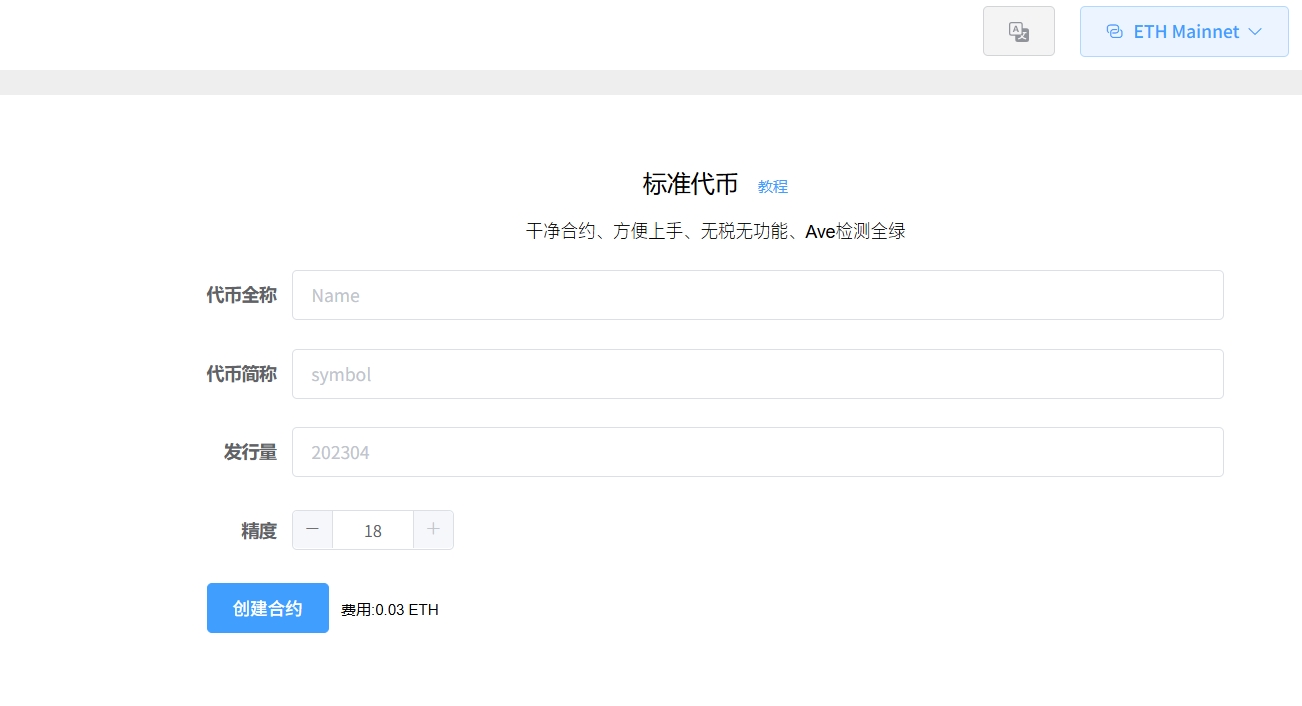
Advantages: Industry leader, highly secure and reliable, mature ecosystem, high degree of decentralization, extremely high community recognition.
Disadvantages: High issuance and transaction costs, network congestion at times, tokens may not display logos by default on some platforms (manual addition required).
Suitable for: Large enterprises, well-known projects, project parties with extreme requirements for brand and security.
Token Issuance Process Example: Open PandaTool, switch the wallet network to the Ethereum mainnet, and follow the instructions to create a token.
2. Solana: The New Favorite for MEME and High-Frequency Applications
Solana has rapidly become a popular choice for MEME coins and high-frequency applications in the past two years due to its high speed and low fees. MEME coins often lack traditional white papers, official websites, or detailed project plans, relying more on community sentiment, trending events, and strong IP effects for their drive. Any IP with viral potential, animated characters, celebrities, or even social events can become an opportunity for issuing MEME coins. The core lies in short-term market heat and speculative sentiment. Therefore, the threshold for issuing such tokens on Solana is relatively low, and the startup costs are more controllable.
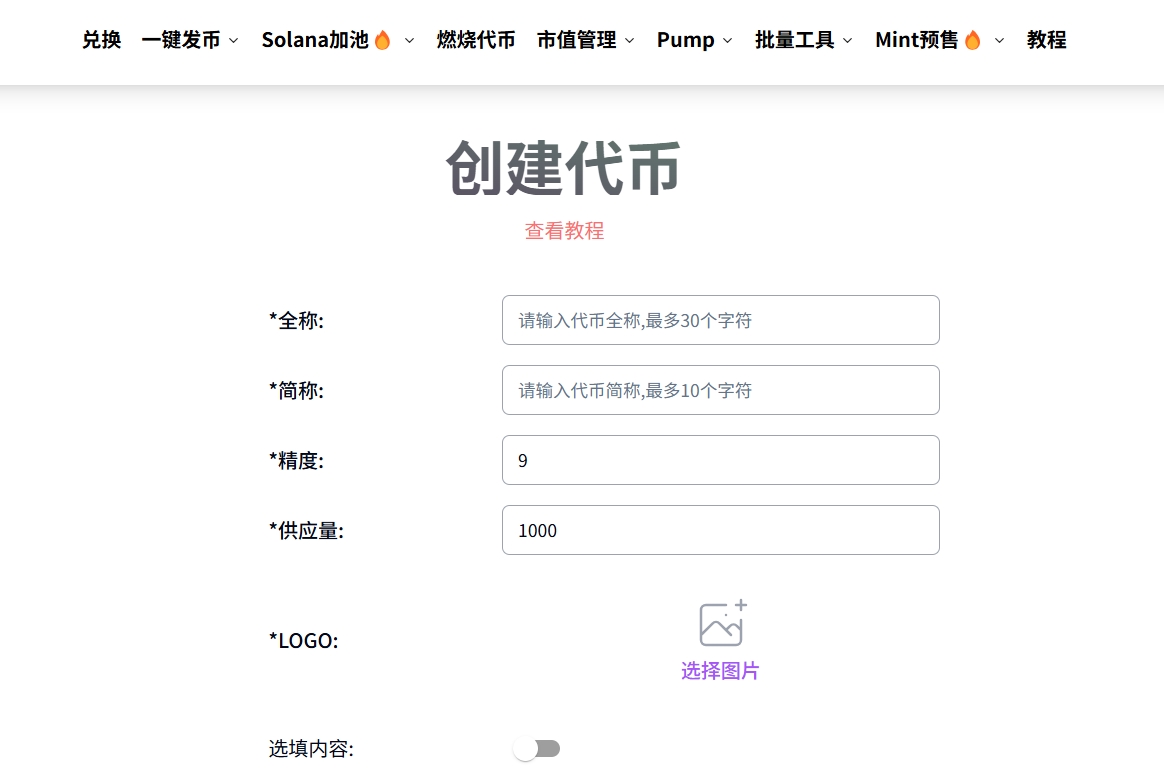
Compared to Ethereum, Solana's transaction speed is extremely fast (theoretical TPS far exceeds that of Ethereum), and the transaction fees are very low. However, its degree of decentralization and network stability have faced challenges. Its smart contract ecosystem (using Rust/C/C++) is still developing, but for developers accustomed to Solidity, there is a learning curve, and the composability of complex applications is not as mature as EVM. The user base is primarily international.
Advantages: Extremely fast transaction speed, low fees, tokens usually display logos, quick project launches, relatively low technical barriers (referring to simple token issuance).
Disadvantages: Relatively more "rug pull" or fraudulent projects, difficulty in developing complex smart contracts, network interruptions have occurred, user base is more international.
Suitable for: MEME coin issuance, small studios testing the waters quickly, projects with extreme requirements for transaction speed and low costs.
Token Issuance Process Example: Open PandaTool, connect to Solana-compatible wallets like Phantom, and create a token.
3. Binance Smart Chain (BSC): Balancing EVM Compatibility and Cost Efficiency
Binance Smart Chain (BNB Smart Chain, abbreviated as BSC) is fully compatible with the Ethereum Virtual Machine (EVM), meaning developers can use the same addresses, private key systems, and Solidity language for development. Compared to Ethereum, BSC has faster transaction speeds and significantly lower transaction costs (usually 1% to 10% of Ethereum's).
The main drawback of BSC is that it has relatively few validation nodes (dozens, mainly related to Binance), leading to a higher degree of centralization. However, this also brings the benefit of low and relatively stable transaction fees, unlike Ethereum, where fees can fluctuate significantly due to network congestion. However, the lower threshold also results in varying project quality on BSC, often criticized for having many "rug pull" projects, affecting its overall professional image.
Compared to Solana, BSC's transaction speed may be slightly inferior, but its mature EVM-based ecosystem and scalability are superior. On BSC, more diverse token contracts can be developed using Solidity.
Advantages: EVM compatible, mature development ecosystem, large user base, low transaction costs, strong scalability.
Disadvantages: Higher degree of centralization, many speculative or low-quality projects ("rug pulls," "Pikachu schemes"), tokens may not display logos by default on some platforms.
Suitable for: Small and medium-sized enterprises, DApps seeking EVM compatibility and cost efficiency, applications combining online and offline.
Token Issuance Process Example: Open PandaTool, switch the wallet network to the BSC chain, and create a token.
4. Base Chain: Coinbase-Supported Compliant Layer 2
Base is an Ethereum Layer 2 solution launched by Coinbase, aiming to inherit Ethereum's security and decentralization characteristics while significantly reducing transaction Gas fees. Data shows that the transaction fees on Base chain are usually only a small fraction of those on the Ethereum mainnet. These features also make it one of the emerging choices for issuing MEME coins.
One of the most notable features of Base chain is its emphasis on compliance. As a public chain backed by the well-known exchange Coinbase, Base aims to support a multi-billion dollar RWA (Real World Assets) industry in the future, as well as stablecoins, crypto payments, and other applications. Currently, Base has not issued a network governance token, which is also seen as part of its compliance strategy. In the international market, Base chain is viewed as a public chain with significant potential for integration with the real economy.
Advantages: Strong compliance expectations, low transaction fees, fast transaction speeds, inherits Ethereum's security.
Disadvantages: The ecosystem is still in a rapid development phase, the lack of native USDT (but there are other stablecoins like USDC) may affect some user habits; tokens may not display logos by default on some platforms.
Suitable for: Crypto finance projects, RWA enterprises, projects focusing on compliance, and those targeting the international market.
Token Issuance Process Example: Open PandaTool, switch the wallet network to the BASE chain, and create a token.
5. TRON Chain: Large User Base and USDT Circulation Hub
TRON chain is known for its large user base and strong support for the USDT stablecoin. Although the transfer fees for TRC20-USDT are relatively high (usually several TRX, about 1-2 USD), and the issuance costs are not low, this has not hindered its popularity among specific user groups, especially in Asia and the Chinese community. A significant amount of USDT circulates through the TRON chain daily.
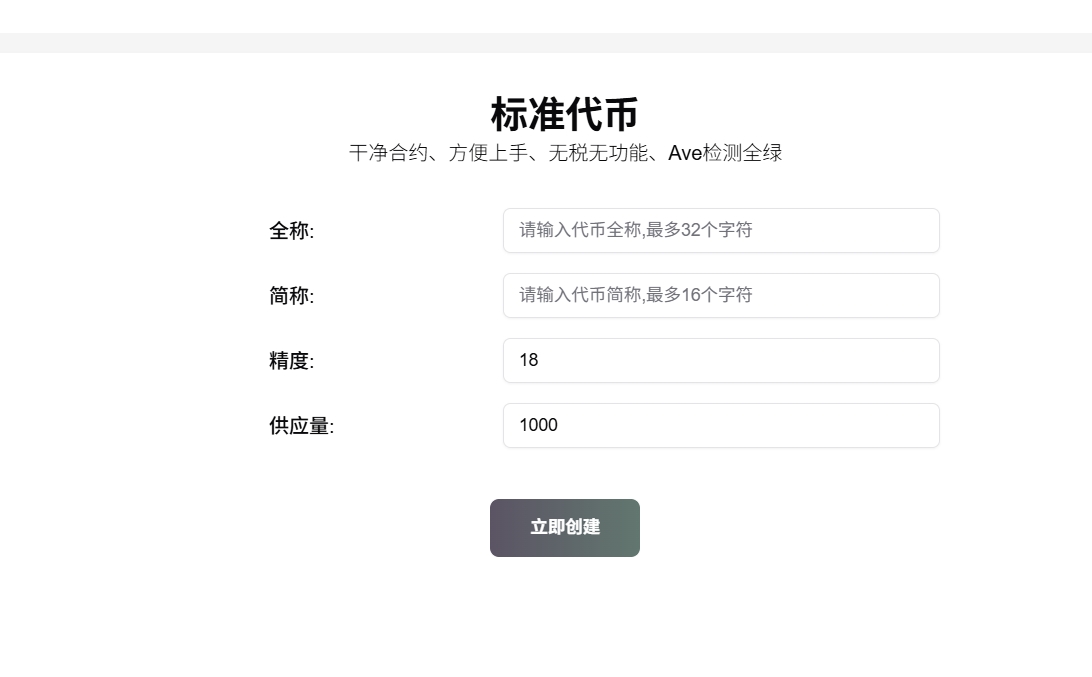
Advantages: User-friendly for Chinese speakers, tokens usually display logos well, relatively low entry barriers, large user base for USDT.
Disadvantages: The DeFi and complex application ecosystem is relatively weak, transaction fees (especially for USDT transfers) are not low, and controversies often arise due to fraudulent projects.
Suitable for: Projects targeting Taiwanese and overseas Chinese user groups, applications focusing on USDT circulation and payment scenarios.
Token Issuance Process Example: Open PandaTool, connect to TRON-compatible wallets like TronLink, and create a token.
6. Sui Chain: Emerging High-Performance Public Chain with Move Language
Sui is an emerging high-performance public chain that uses the Move programming language, gaining prominence in the past two years (2024-2025). It is characterized by high transaction speeds, low fees, and a smooth transaction experience. Many emerging projects and developers are starting to build on the Sui network, but the user base is still primarily international, with the penetration rate of Chinese-speaking users needing improvement.
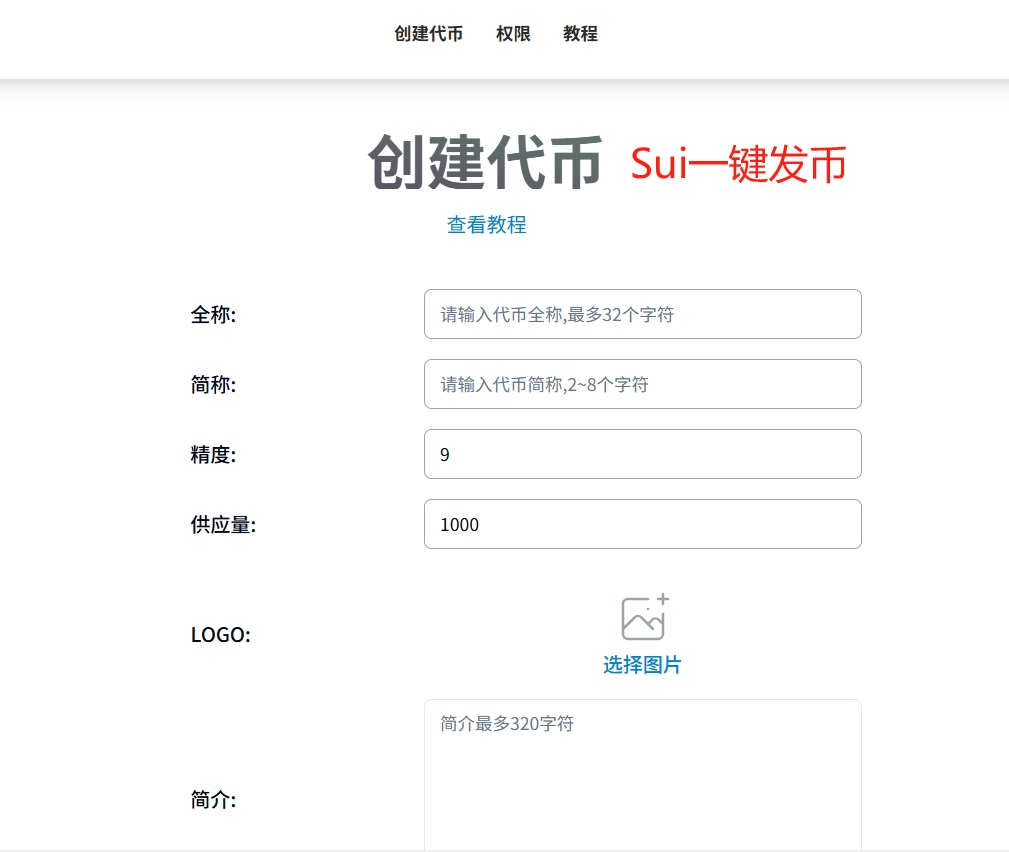
Advantages: Innovative technical architecture, fast transaction speeds, low fees, tokens usually display logos.
Disadvantages: The ecosystem and user base are still in the early development stage, and the Move language has a learning cost for most developers.
Suitable for: Chain games (GameFi), metaverse projects, and projects seeking high-performance infrastructure and innovative technology exploration.
Token Issuance Process Example: Open PandaTool, connect to Sui-compatible wallets like Suiet, and create a token.
7. TON Chain (The Open Network): Potential Stock of the Telegram Ecosystem
The TON blockchain is deeply integrated with the instant messaging application Telegram, which has hundreds of millions of users, making it a project of great interest in recent years. Although it has developed relatively late, its user base still lags behind established public chains like Ethereum and even TRON, with early users primarily concentrated in Russian-speaking regions, gradually expanding to Europe and other areas.
One major innovation of TON is its integration with Telegram mini-programs, allowing users to experience various mini-games and applications directly within Telegram. In the future, Telegram is expected to closely integrate with TON in terms of crypto payments and ecosystem expansion.
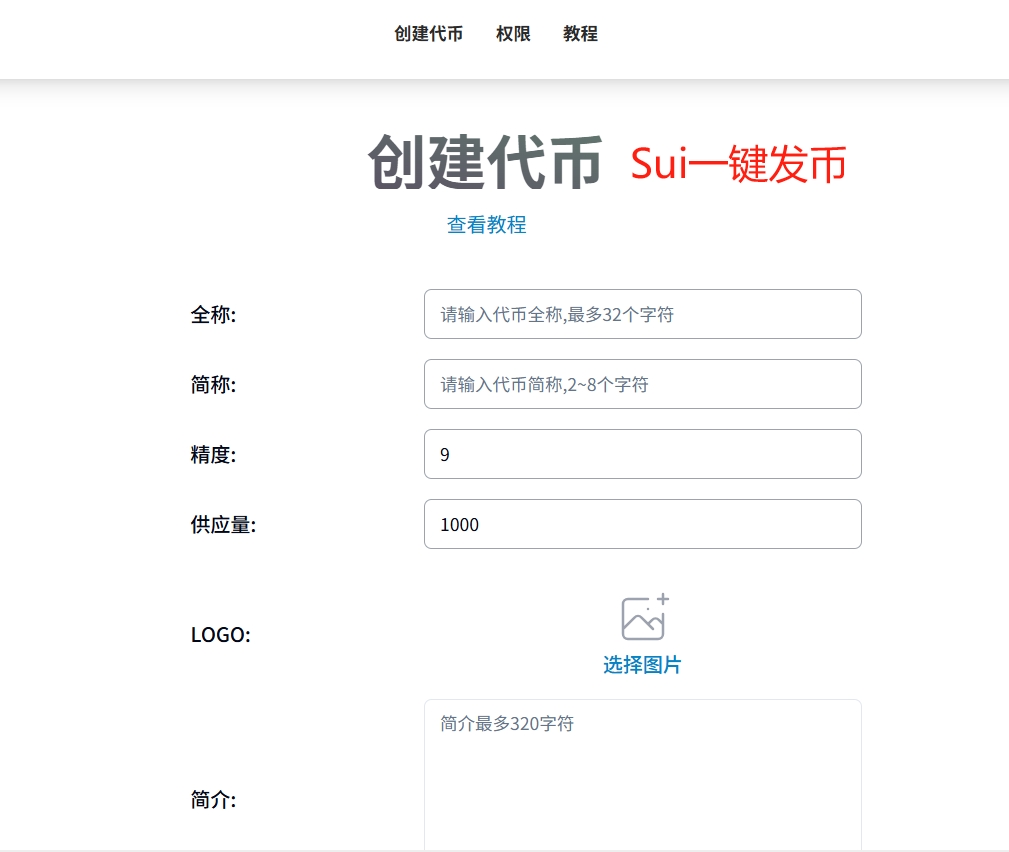
Advantages: Deep integration with Telegram, potentially large user entry point, relatively fast transaction speed.
Disadvantages: Smart contract development (using FunC language) has certain barriers, and the overall ecosystem and user base are still developing.
Suitable for: Projects that heavily rely on the Telegram ecosystem, social finance (SocialFi), mini-games, etc.
Token Issuance Process Example: Open PandaTool, connect to TON-compatible wallets like Tonkeeper, and create a token.
Summary and Selection Recommendations
Faced with so many public chain options, the key is to clearly define your project's needs, target users, budget, and technical preferences.
If you are a large enterprise or well-known project seeking top brand effect and security, Ethereum remains the first choice.
If you are a startup team or individual developer looking to quickly issue MEME coins or test market reactions, Solana or Base chain are worth considering for their low costs and high speeds.
If you need EVM compatibility and want to balance cost-effectiveness with a certain user base, BSC is a balanced choice.
If your project heavily relies on specific communities or payment scenarios, such as the Chinese user group or the Telegram ecosystem, then TRON or TON may have advantages.
For projects seeking technological innovation and high-performance applications (such as chain games), the emerging Sui chain is also worth paying attention to.
I hope the analysis in this article provides you with valuable references to help you choose the appropriate blockchain platform for your token project. Tools like PandaTool can simplify the actual token creation process, allowing you to focus more on the development of your project itself.
免责声明:本文章仅代表作者个人观点,不代表本平台的立场和观点。本文章仅供信息分享,不构成对任何人的任何投资建议。用户与作者之间的任何争议,与本平台无关。如网页中刊载的文章或图片涉及侵权,请提供相关的权利证明和身份证明发送邮件到support@aicoin.com,本平台相关工作人员将会进行核查。




